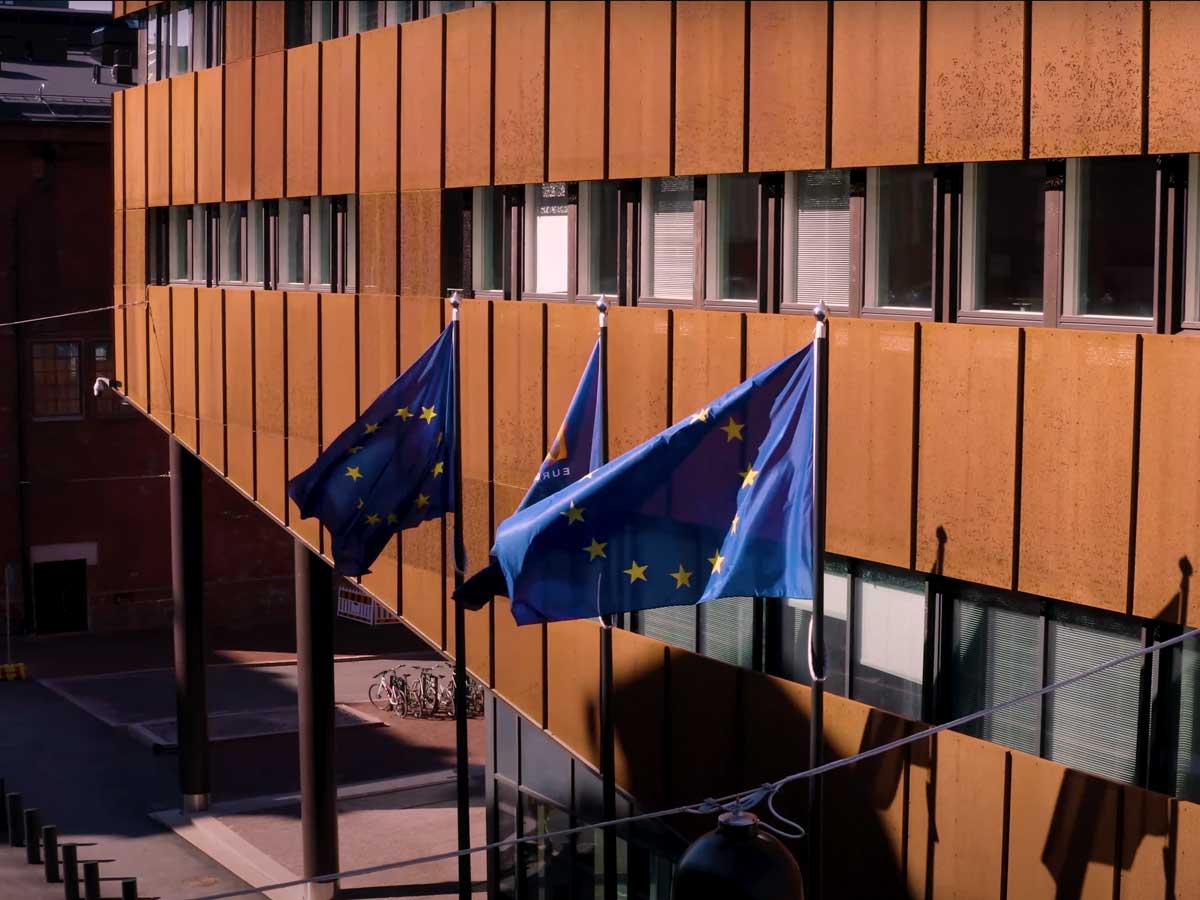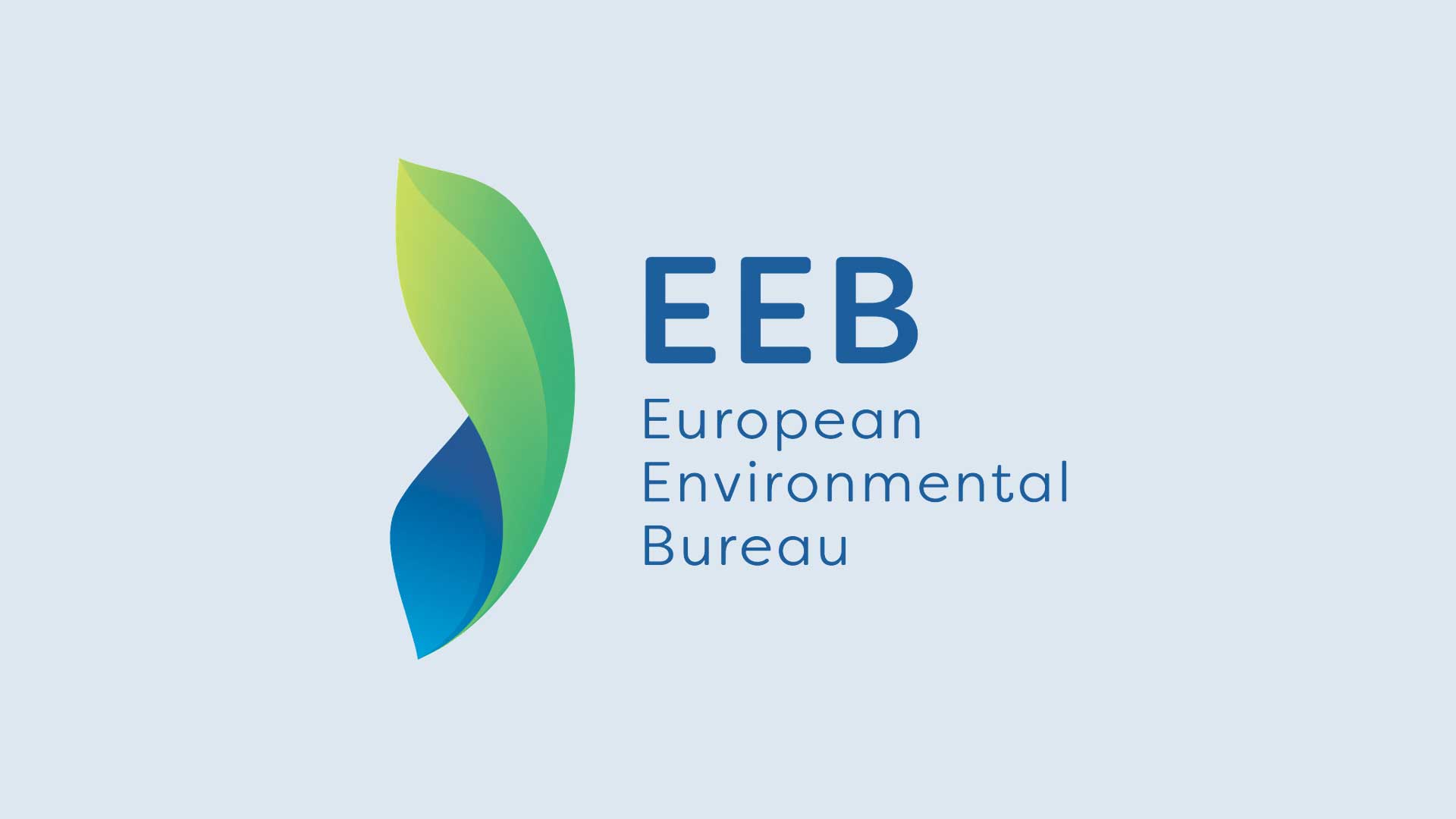
ECHA's 2024-2028 Strategy: Tackling Key Regulatory Challenges in Chemical Safety
This strategy aims to advance chemical safety through science, collaboration, and knowledge, emphasising the protection of human health and the environment.


The European Environmental Bureau (EEB) has published a comprehensive FAQ to clarify key aspects of the proposed universal PFAS ban, submitted to the European Chemicals Agency (ECHA) in February 2023. This document addresses widespread concerns and dispels misinformation surrounding the regulation of Per- and Polyfluoroalkyl Substances (PFAS), a class of persistent chemicals notorious for their adverse effects on human health and the environment.
The release of the FAQ comes as numerous industrial stakeholders raise objections to the ban, often presenting misleading information. The EEB aims to counter this narrative by providing transparent, factual responses to frequently asked questions surrounding the proposed PFAS restriction under the EU’s REACH regulation.
"The FAQ seeks to clear up some of the easily misinterpreted information disseminated since the beginning of the process," states the EEB. PFAS, often referred to as "forever chemicals," are associated with severe environmental and health risks due to their persistence, bioaccumulation, and toxicity. The FAQ outlines how the proposal addresses these risks and offers insight into the transition for affected industries.
Contrary to industry claims, the proposed restriction is not a blanket ban. The EEB clarifies that the proposal includes derogations for specific uses, such as in pesticides, firefighting protective gear, and certain medical devices. These exemptions are designed to provide industries with time-limited transitions.
The FAQ emphasizes that existing EU regulations are insufficient in addressing the widespread risks posed by PFAS. The proposal under REACH is intended to fill these regulatory gaps by addressing the persistent, bioaccumulative, and toxic nature of PFAS.
The FAQ tackles concerns raised by various sectors reliant on PFAS. One significant issue is the claim that PFAS are essential to Europe’s green transition. The EEB counters this by stating that no green transition can be based on polluting substances. The restriction does allow for time-limited exemptions in sectors like renewable energy and semiconductors, where viable PFAS alternatives are still under development.
The EEB argues that rather than stifling innovation, the proposed PFAS restriction will foster it. Companies that lead the way in adopting PFAS-free alternatives are likely to gain competitive advantages and attract investment. The FAQ highlights how several industries have already begun transitioning to safer alternatives, particularly in sectors like textiles, food packaging, and electronics.
The FAQ also addresses concerns about fluoropolymers, a subgroup of PFAS used in high-performance applications like electronics. While fluoropolymers are critical in some areas, the EEB asserts that the full lifecycle of these chemicals, including production and breakdown, poses significant risks that must be regulated.
The EEB’s FAQ on the proposed universal PFAS ban provides essential clarification amid growing debate and misinformation. By addressing concerns directly, the document aims to ensure that the public, industries, and policymakers are equipped with accurate information as the EU works towards a safer, more sustainable future.
Foresight continuously tracks 1000s of sources and maps updates to your portfolio:




This strategy aims to advance chemical safety through science, collaboration, and knowledge, emphasising the protection of human health and the environment.

Debate over PFAS ban intensifies as EU Commission and MEPs discuss REACH reform and industrial exemptions in May ENVI meeting.

MEPs to debate 'one substance, one assessment' rule to simplify EU chemical safety laws. Industry must prepare for regulatory change.
Subscribe to Foresight Weekly and get the latest insights on regulatory changes affecting chemical compliance.
Free forever. Unsubscribe anytime.
Read by professionals at